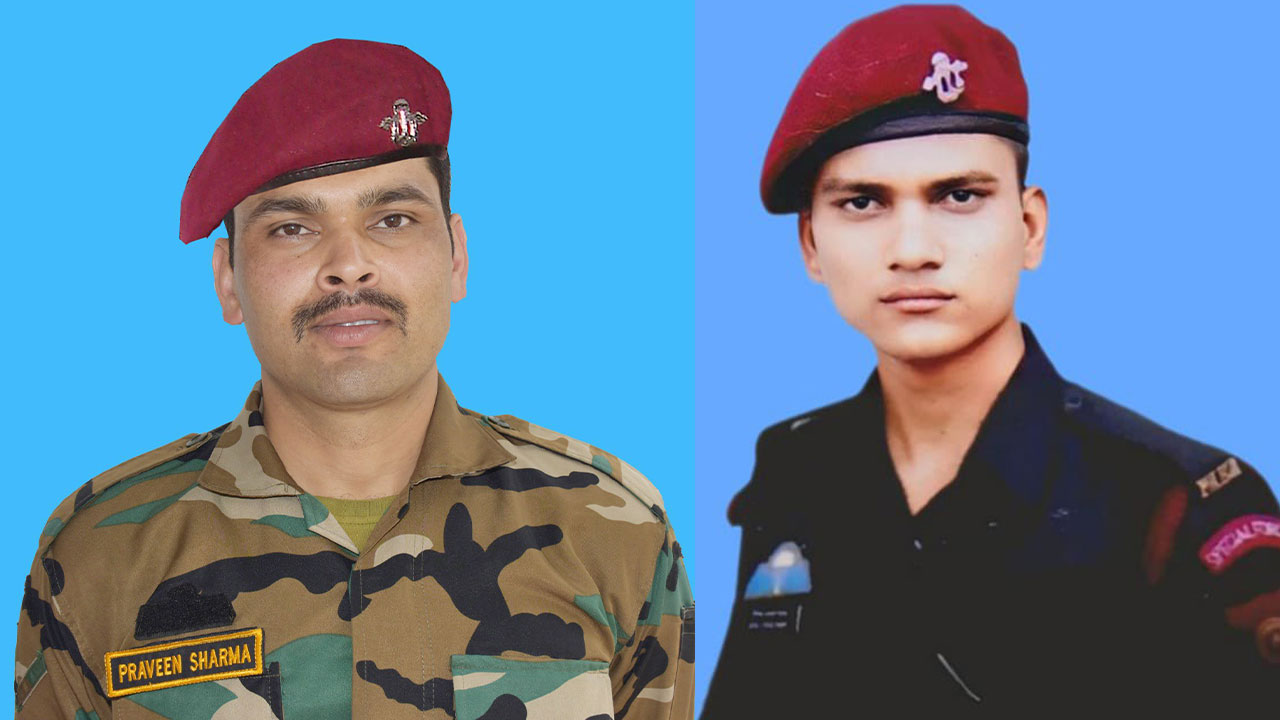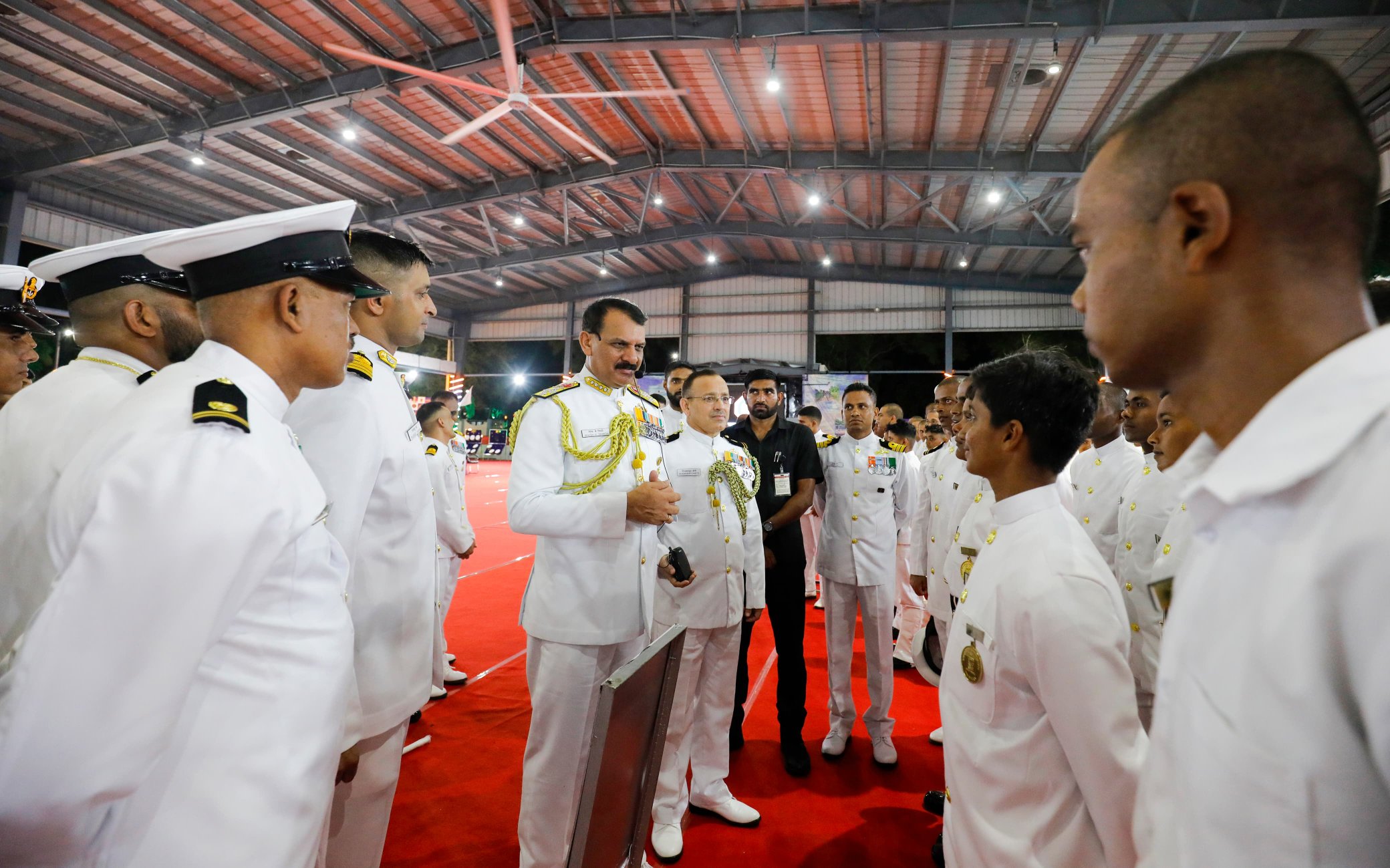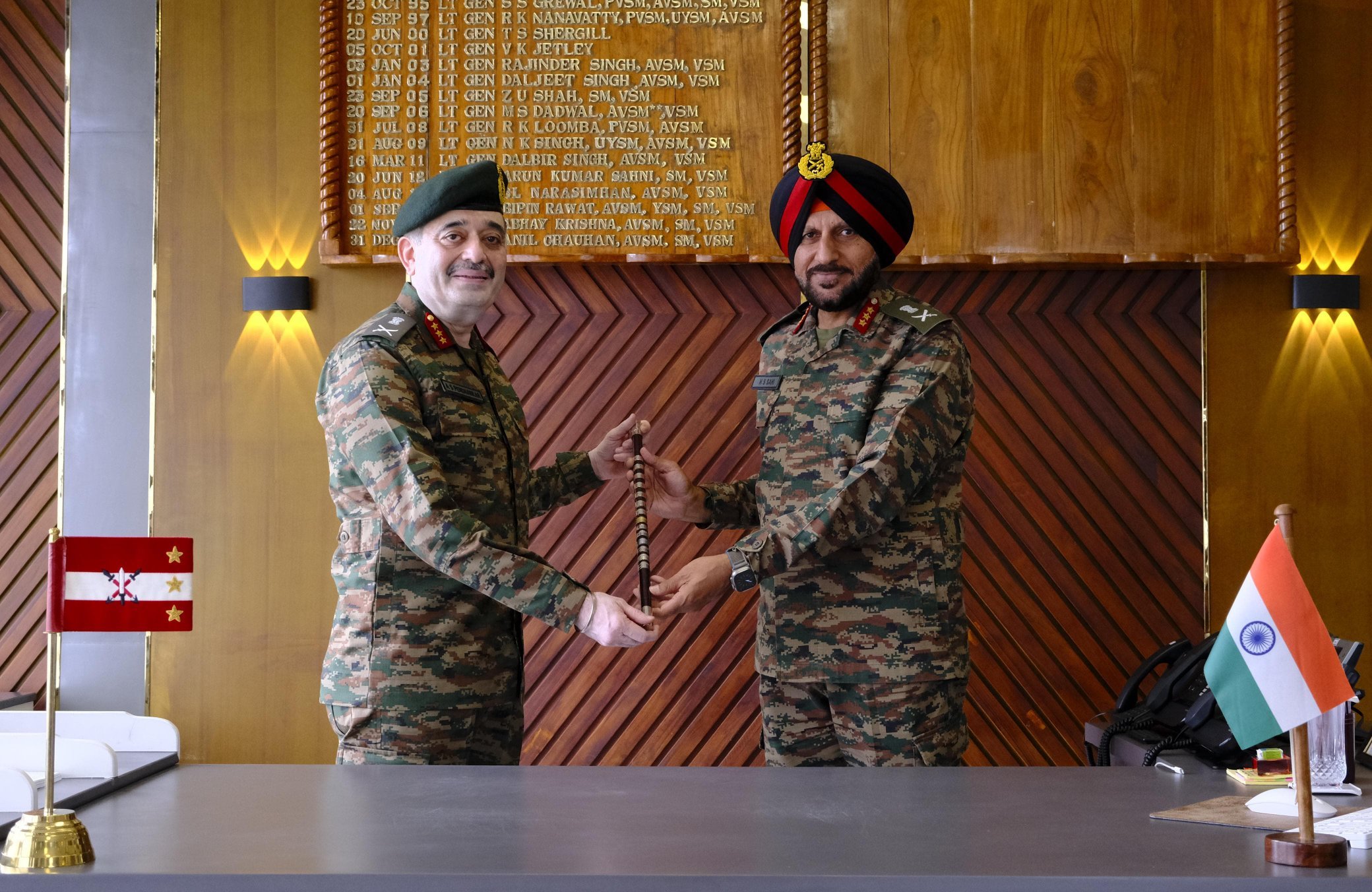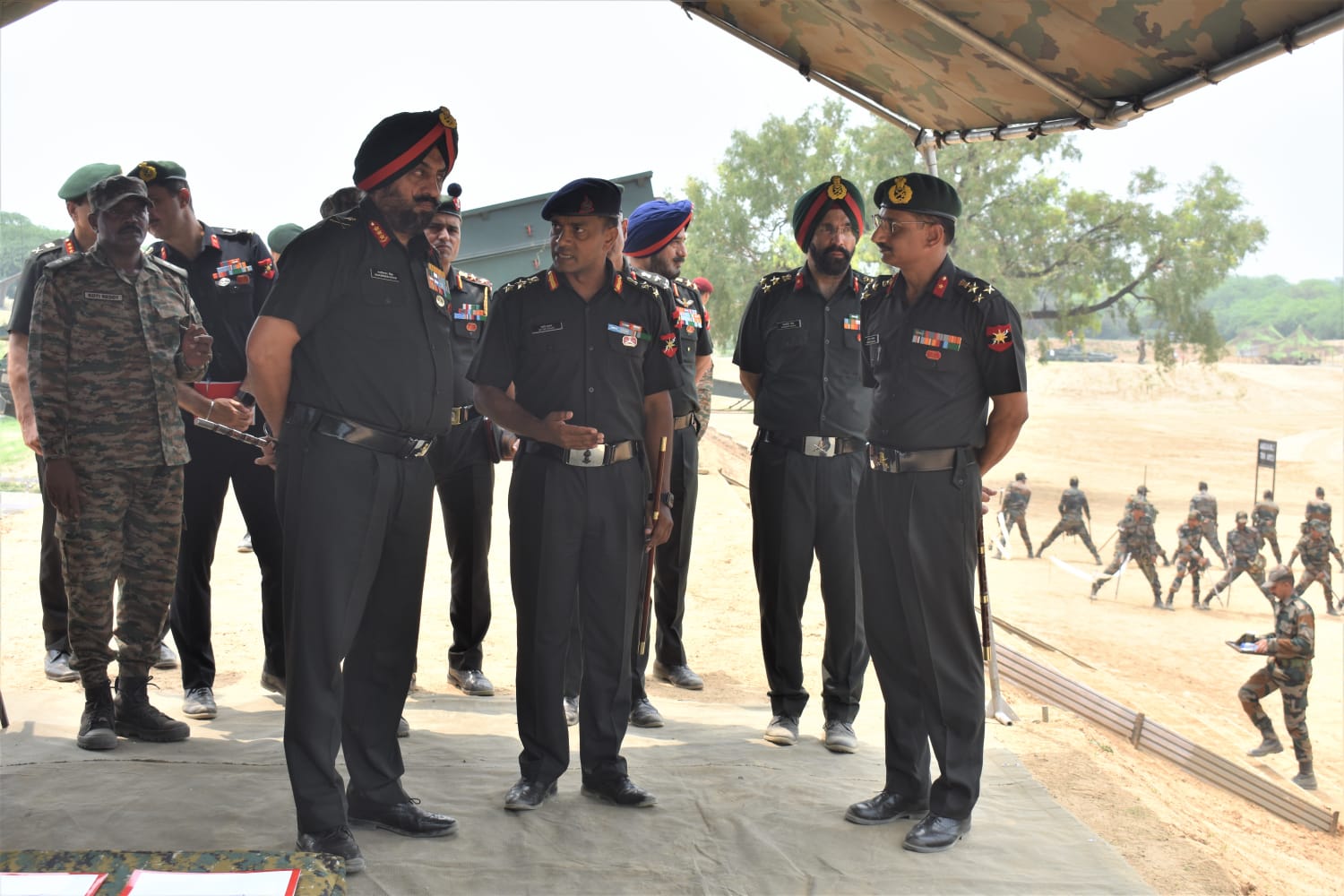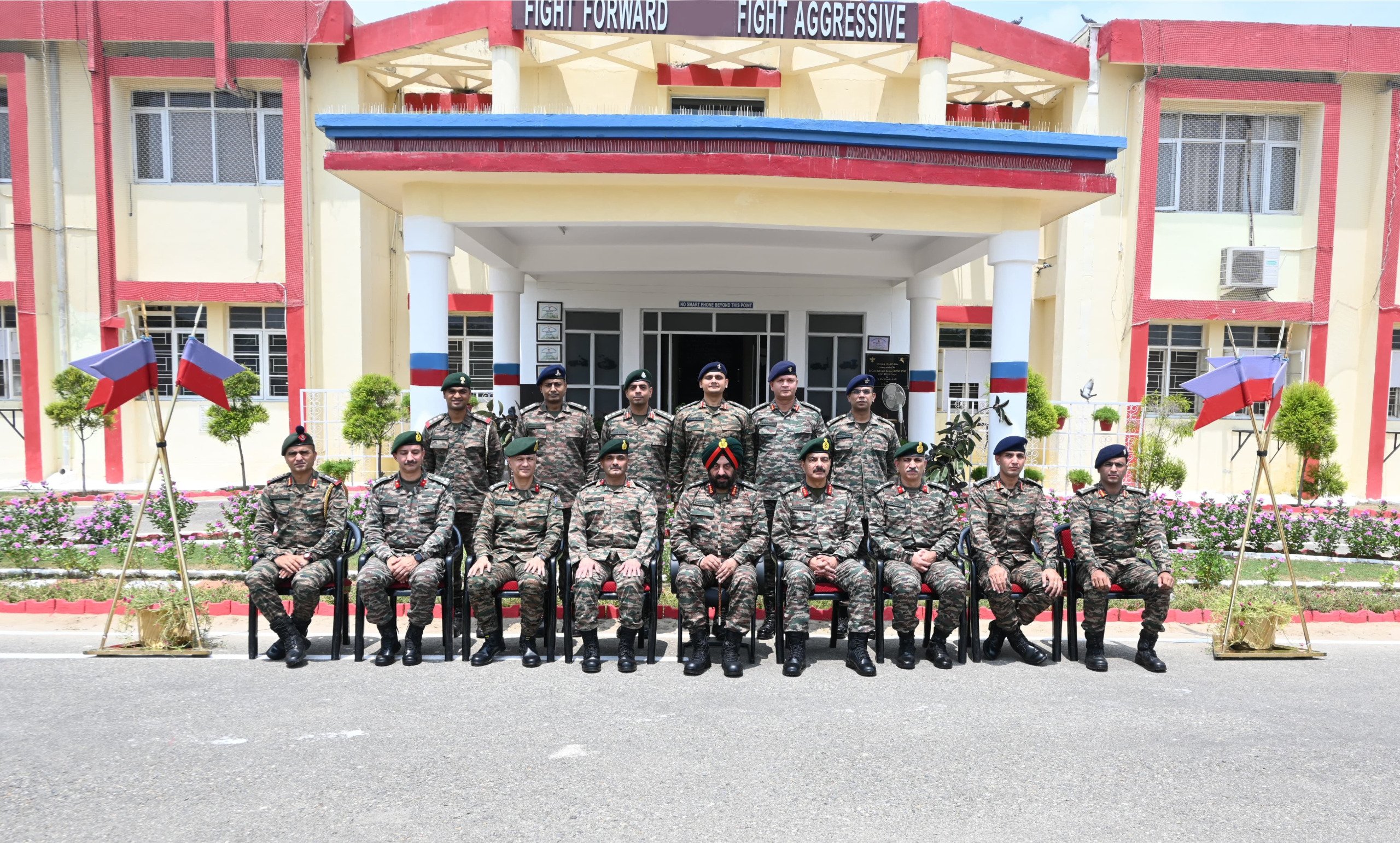India Lost Two Para SF Commandos in Anantnag Encounter
Army Chief General Upendra Dwivedi, along with all ranks of the Indian Army, paid solemn tributes to Havildar Dipak Kumar…
Historic Passing Out Parade at INS Chilka: 1389 Agniveers, Including 214 Women, Graduate
On August 9, 2024, INS Chilka witnessed the historic passing out parade (POP) of the fourth batch of Agniveers, including…
Lt Gen Rajan Sharawat Takes Command of Nashak Navtara Corps
Lieutenant General Rajan Sharawat has officially taken over as the commander of the Nashak Navtara Corps, succeeding Lieutenant General S…
Lt Gen Abhijit S Pendharkar Assumes Command of Spear Corps
Lieutenant General Abhijit S Pendharkar has officially taken command of Spear Corps, succeeding Lieutenant General HS Sahi. The handover ceremony…
Lt Gen Manjinder Singh Reviews Operational Capabilities at Spectrum Warriors Brigade and Sarvada Agrani Brigade
Lieutenant General Manjinder Singh, Army Commander of the South Western Command, recently visited the Spectrum Warriors Brigade to evaluate their…
Lt Gen Manjinder Singh Reviews Operational Readiness of Chetak Gunners and Carpe Diem Brigade
Lieutenant General Manjinder Singh, Army Commander of the South Western Command, recently conducted a comprehensive review of the operational preparedness…

